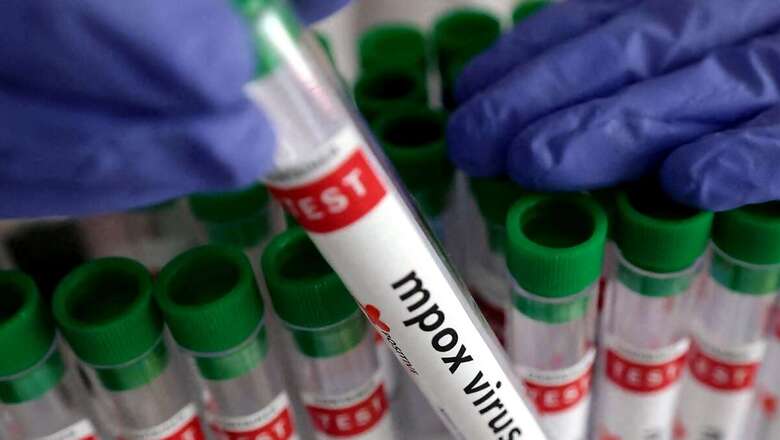
views
The first case of Mpox Clade 1b was reported last week from Malappuram, Kerala. The strain was found in a 38-year-old man who had recently returned to India from the United Arab Emirates (UAE). He is also the first person in Southeast Asia to be infected by this new virus strain. Earlier, on August 14, the World Health Organization (WHO) declared a health emergency after Clade 1 was identified in the Democratic Republic of Congo, where the strain also began spreading rapidly to neighboring African countries. Recently, another case of Mpox was reported in New Delhi, but the individual was infected with the Clade 2 strain.
What is Mpox?
The WHO identifies Mpox (formerly known as monkeypox) as an infectious disease that can cause high fever, a painful rash, muscle aches and back pain. The patient may also experience fatigue and their lymph nodes can become swollen. The virus has two distinct clades: Clade I and Clade II.
The first global outbreak was caused by the Clade IIb subclade in 2022. The Clade Ia and Ib strains have started spreading in African countries this year. While the natural reservoir of the virus has not yet been confirmed, small mammals such as squirrels and monkeys are suspected to be potential sources.
Mpox symptoms
People diagnosed with Mpox typically begin to notice symptoms within one week. Those with weaker immune systems may continue to experience fever and rashes for two to four weeks. The Mpox rash usually starts on the face before spreading to other parts of the body, with the palms of the hands and soles of the feet often being the most affected areas.
Mpox transmission
Mpox is primarily spread through close contact with an infected person. Transmission can also occur through contaminated objects. In pregnant women, the virus can be passed to the baby. The virus may also be transmitted through contact with infected animals.
Diagnosis
Diagnosing Mpox by visual inspection can be challenging, as its symptoms are similar to those of chickenpox, measles, bacterial skin infections, scabies, herpes, syphilis, and some allergic reactions. Polymerase chain reaction (PCR) is used to detect the virus’s DNA. Notably, blood tests are not effective for diagnosing Mpox.
Treatment
The first step in treating Mpox is to address the rash and use painkillers for muscle pain. Infection can be prevented with the Mpox vaccine. People who have been in contact with someone infected with Mpox should receive the vaccine within four days of exposure.














Comments
0 comment